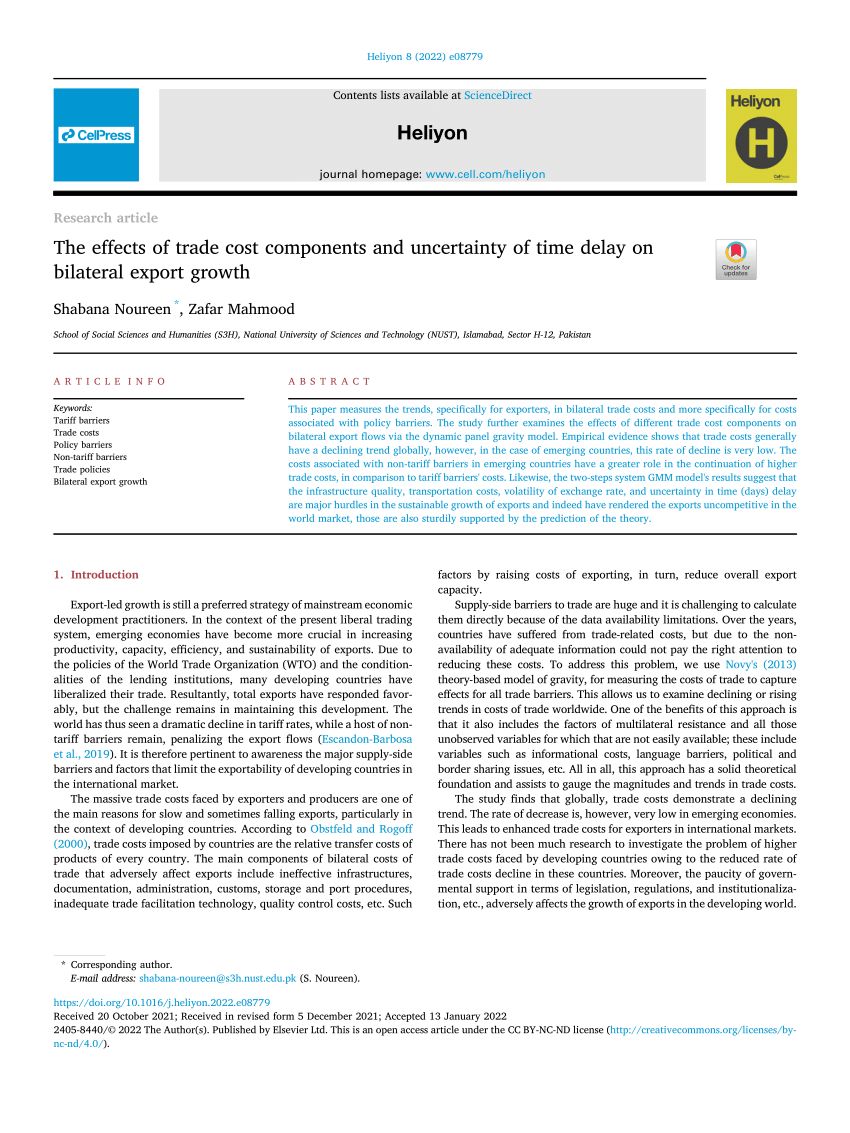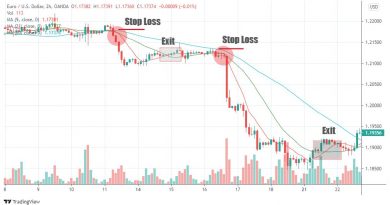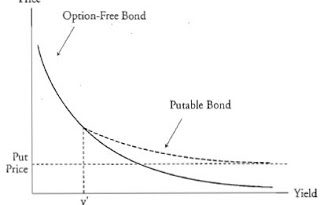Trade Price Response Explanation Components and Examples

Trade Price Response: Explanation, Components, and Examples
What Is Trade Price Response?
Trade price response is a trade entry or exit technique based on the price of a security after it reaches a key level. The key levels are typically resistance and support areas identified by the trader. The security’s reaction to the level is used to set up or close trades.
Key Takeaways
– Trade price response is entering or exiting trades based on how the price reacts at key levels identified by the trader.
– The key levels are typically support and resistance levels.
– Trade price response can be used on any time frame.
– Traders must specify how they will trade based on the signals generated and the conditions.
How Trade Price Response Works
Assume the $25 level has been an important resistance level for a stock. When the price reaches this level and starts to drop, a short position may be initiated. On the other hand, if the price moves above the $25 level, a long position may be entered. Trade price response can also be used to close trades. A trader may close a long position if the price moves below a support level. The technique can be used on any time frame.
Example of Using Trade Price Response
Trade price response was used to trade Alphabet Inc. (GOOG) as it moved above a short-term resistance level. The price was in an overall uptrend and created a swing high near $1365. A long trade was triggered, with a stop loss placed below the recent swing low. These are examples and could be adjusted based on the trader’s preference.
Limitations of Using Trade Price Response
The price won’t always move as expected when it reaches a key level and it won’t always move in one direction. The trade response trader must determine if they enter and exit, and possibly reverse, their position on each price move, or give the trade some room by placing a stop loss a set distance away from the key level. Using trade price response can limit the profit on a trade. It’s best used with trend analysis, other forms of price action trading, and potentially other technical patterns or indicators.
How Is Price Action Used in Trading?
Price action is a strategy used to analyze trends in stock prices for pinpointing entry and exit points. Prior trends in how a stock behaves at different prices don’t guarantee future results, but understanding a security’s historical movement can identify helpful patterns for planning future trades.
Do Professional Traders Use Trade Price Response?
Professional traders use a variety of tools, including price action patterns like trade price response, to plan and execute their trades.
Is Trade Price Response a Good Strategy for Beginners?
Trade price response may not be suitable for beginning investors as a foolproof way to predict market behavior. It’s one way to understand the market and make predictions, but traders should use other tools as well.
The Bottom Line
Trade price response is a type of price action trading strategy that uses historical data to decide whether to enter or exit trades at key price levels. It can be used on any time frame but is not a foolproof approach to predicting the market. Successful traders rely on a variety of information about the market and specific stocks.


